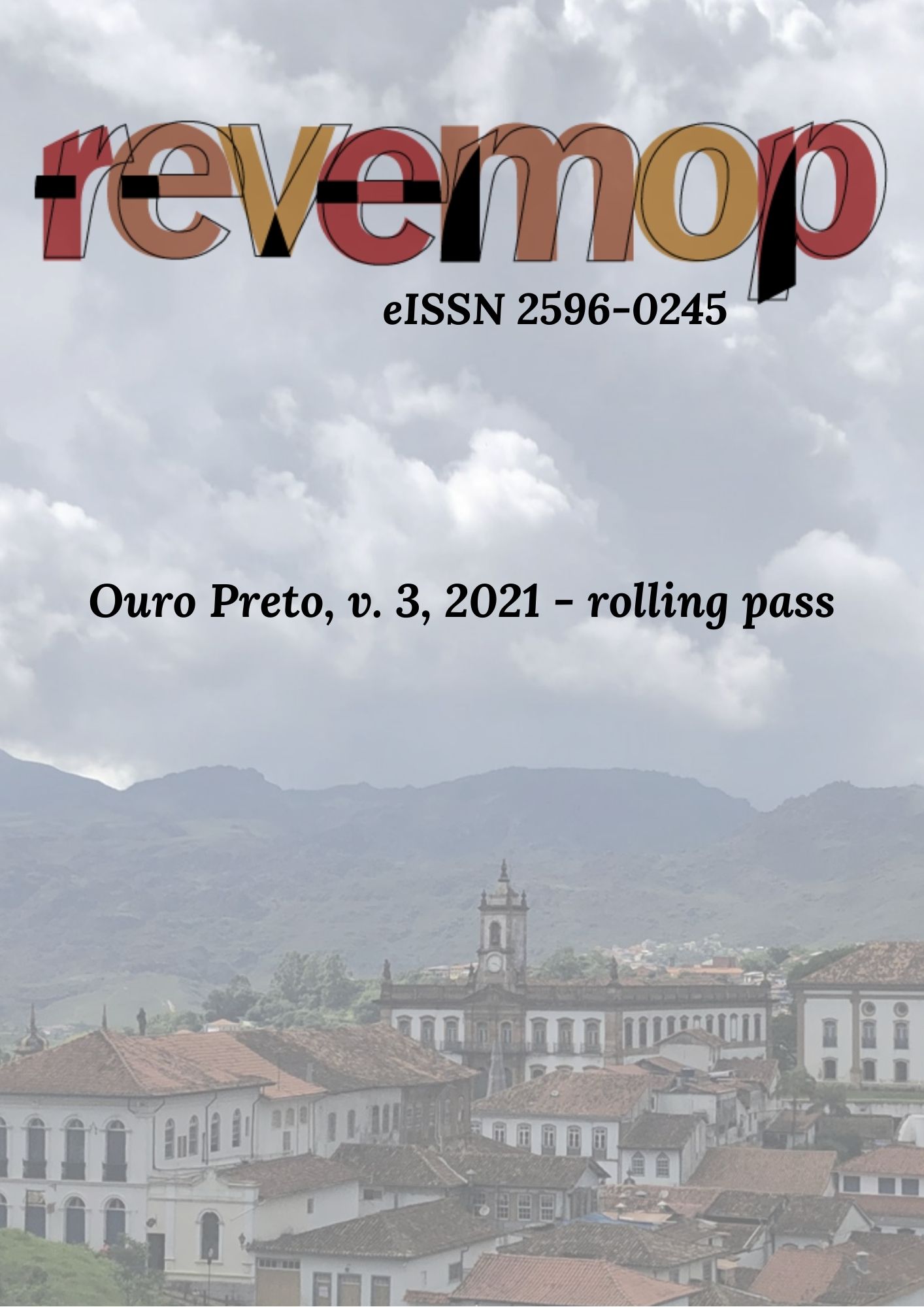Ontosemiotic Analysis of a Colombian Textbook of Primary Basic Education: the case of the Mathematical Object Length
Abstract
The paper presents the most important results of an investigation whose objective is to establish the level of didactic suitability of a textbook proposed by the Colombian Ministry of National Education to address the mathematical object length in the fourth grade of elementary basic education, under a qualitative approach in which instruments of the Ontosemiotic Approach to Mathematical Knowledge and Instruction (OSA) are used, specifically, the configuration of primary objects and the criteria of didactic suitability. In addition, the referential meaning of the mathematical object length is used for the analysis of the situations proposed in the text. The above allows concluding that the analyzed book has a low epistemic suitability, because it presents some concepts in an incorrect or confusing way and does not consider the interaction between the components of the meaning of the mathematical object.
Downloads
References
CORONADO, Jorge; CASTAÑEDA, Dora; TIQUE, Carlos. La pertinencia del uso del texto escolar: características, condiciones y restricciones. In VELÁSQUEZ, D.; LÓPEZ, R. (Eds.). El texto escolar: investigaciones sobre sus perspectivas y uso en la ciudad de Bogotá. Bogotá: Kimpres S.A.S, 2015. p. 37-64.
D’AMORE, Bruno; SBARAGLI, Silvia. La matematica e la sua storia. Vol. III. Dal Rinascimento al XVIII secolo. Bari: Dedalo, 2019.
FERNÁNDEZ, María; CABALLERO, Presentación. El libro de texto como objeto de estudio y recurso didáctico para el aprendizaje: fortalezas y debilidades. Revista electrónica interuniversitaria de formación del profesorado, v. 20, n. 1, p. 201-217, 2017.
FONT, Vicenç; GODINO, Juan; GALLARDO, Jesús.The emergence of objects from mathematical practices. Educational Studies in Mathematics, v. 82, p. 97-124, 2013.
GIOVANNINI, Eduardo. Completitud y continuidad en Fundamentos de la geometría de Hilbert: acerca del Vollständigkeitsaxiom. Theoria, n. 76, p. 139-163, 2013.
GODINO, Juan. Indicadores de la idoneidad didáctica de procesos de enseñanza y aprendizaje de las matemáticas. Cuadernos de Investigación y Formación en Educación Matemática, n. 11, p. 111-132, 2013.
GODINO, Juan. Construyendo un sistema modular e inclusivo de herramientas teóricas para la educación matemática. In CONTRERAS, J.; ARTEAGA, P.; CAÑADAS, G.; GEA, M.; GIACOMONE, B.; LÓPEZ, M. (Eds.). Actas del Segundo Congreso International Virtual sobre el Enfoque Ontosemiótico del Conocimiento y la Instrucción Matemáticos, 2017. Disponible en http://enfoqueontosemiotico.ugr.es/civeos.html.
GODINO, Juan. Bases semióticas, antropológicas y cognitivas del enfoque Ontosemiótico en educación matemática, 2018. Disponible en http://enfoqueontosemiotico.ugr.es/JDGodino_bases_sac_EOS.pdf. Acceso el 22 de junio de 2021.
GODINO, Juan. El enfoque ontosemiótico:Implicaciones sobre el carácter prescriptivo de la didáctica. Revista Chilena de Educación Matemática, v. 12, n. 2, p. 3-15, 2020.
GODINO, Juan; BATANERO, Carmen. Significado personal e institucional de los objetos matemáticos. Recherches en Didactiques des Mathématiques, v. 14, n. 3, p. 325-355, 1994.
GODINO, Juan; BATANERO, Carmen; FONT, Vicenç. The ontosemiotic approach to research in mathematics education. ZDM. The International Journal on Mathematics Education, v. 39, n. 1-2, p. 127-135, 2007.
GODINO, Juan; BATANERO, Carmen; ROA, Rafael. Medida de magnitudes y su didáctica para maestros. Granada: Universidad de Granada, 2002.
HEATH, Thomas. The thirteen books of the elements. Cambridge: The University Press, 1908.
HILBERT, David. Grundlagen der Geometrie. Göttingen, 1899.
KLINE, Morris. El pensamiento matemático de la antigüedad a nuestros días. Madrid: Alianza editorial, 1992.
MEN. Estándares Básicos de Competencias. Bogotá: Ministerio de Educación Nacional, 2006.
MEN. Vamos a aprender Matemáticas 4. Bogotá: Ediciones SM S.A, 2017.
MERZBACH, Uta; BOYER, Carl. A history of Mathematics. Third edition. New Jersey: John Wiley & Sons Inc., 2010.
PONCELET, Jean V. Traité des propriétés projectives des figures. Paris, 1822.
STEWART, Ian. Historia de las matemáticas en los últimos 10.000 años. Barcelona: Crítica. 2008.
SKOVSMOSE, Ole. Hacia una filosofía de la educación matemática crítica. Bogotá: Una empresa docente, Universidad de los Andes, 1999.





























